Memorials
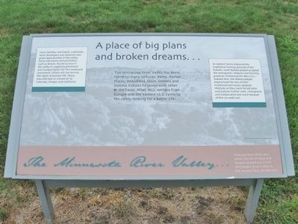
The Minnesota River Valley has been home to many cultures. Paleo, Archaic, Plains, Woodland, Iowa, Oneota and Dakota Indians followed each other in the basin. After 1852, settlers from Europe and the eastern U. S. came to the valley looking for a better life.
Farm families, merchants, craftsmen, town developers and dreamers saw great opportunities in the valley. Some merchants and promoters, such as Brown, found success in the valley in supplying provisions and transportation for this westward... Read More
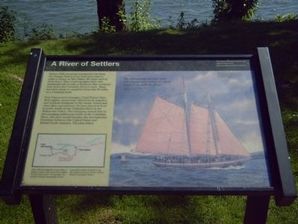
Before 1846 American immigrants traveling the Oregon Trail to Fort Vancouver had to make a choice at The Dalles (80 miles upriver from here). They could navigate their own handmade raft or take a Hudson's Bay Company boat down the Columbia River to here. Many travelers chose to complete these last 80 miles on a Company boat.
Fort Vancouver's manager, Chief Factor John McLoughlin, generously offered food, supplies, and medical treatment to the weary Americans when they arrived here.... Read More
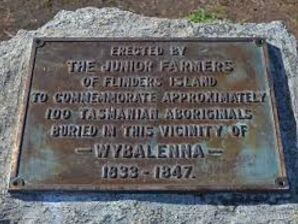
The burial site of aboriginal people was preserved by the efforts of local farmers. Then, in 1966 a small monument was eradicated by the Junior Farmers of Flinders Island for the sake of the memory of the indigenous people who died.
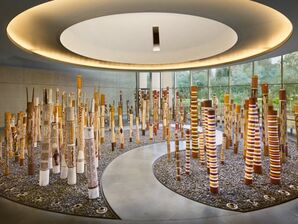
This Aboriginal Memorial is dedicated to the indigenous people of the Central Arnhem Land in Australia who have since 1788 died defending their land and were not given a proper burial. The memorial consists of 200 hollow log coffins, one for each year of European settlement.
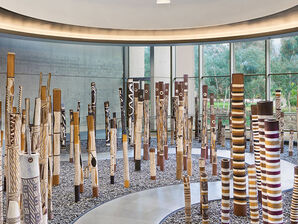
This work commemorates the indigenous Australians of the Central Arnhem Land who since 1788 have died defending their land from European settlers.
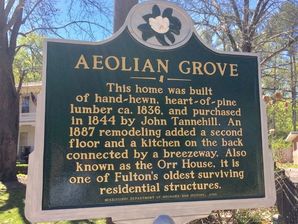
This home was built of hand-hewn, heart-of-pine lumber ca. 1836, and purchased in 1844 by John Tannehill. An 1887 remodeling added a second floor and a kitchen on the back connected by a breezeway. Also known as the Orr House, it is one of Fulton's oldest surviving residential structures.

Two tall angular, black granite monuments stand next to each other. Plans to include flowing water leading to a pavilion, representing the slave trade, A bust, A flag
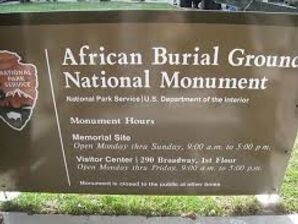
The structure was built in 1991 in order to commemorate the sacrifices of the African American people who were brought to the new world as slaves. It was built by a community initiative.
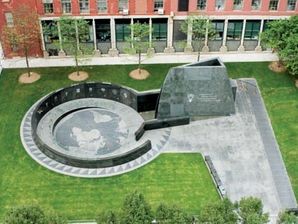
The African Burial Ground National Monument was the product of an inadvertent uncovering of the Negroes Burial Ground. This cemetery contains approximately 15,000 skeletal remains of free and enslaved Africans. This site was consecrated to the slaves' contributions to New York's society.
